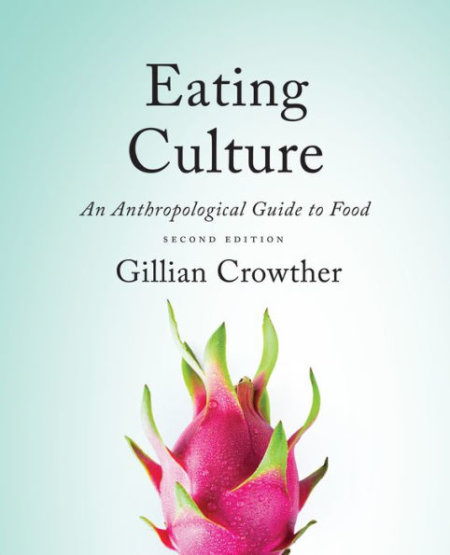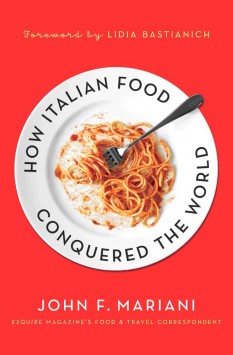Eating CultureAn Anthropological Guide to Food, Second Edition
From ingredients and recipes to meals and menus across time and space, this highly engaging overview illustrates the important roles that anthropology and anthropologists play in understanding food and its key place in the study of culture.
The new edition, now in full colour, introduces discussions about nomadism, commercializing food, food security, and ethical consumption, including treatment of animals and the long-term environmental and health consequences of meat consumption. New feature boxes offer case studies and exercises to help highlight anthropological methods and approaches, and each chapter includes a further reading section. By considering the concept of cuisine and public discourse, Eating Culture brings order and insight to our changing relationship with food.
Gillian Crowther is Professor of Anthropology at Capilano University in Vancouver, British Columbia.
“It is written in a clear and comprehensible manner for those interested in food studies, not only from an anthropological perspective, but also encompassing the stance of social sciences, and is much more than a mere introduction or textbook. The author reveals personal involvement in the way her own research is incorporated into the text, and the theory is creatively interwoven with an ethnographic approach.”–Journal of the Royal Anthropological Institute
“… A great introductory read for students (or anyone) interested in thinking about how and why we ‘do food’ in modern societies.”-Cuizine: The Journal of Canadian Food Cultures
“A feast of ideas, insights, surprising connections, and delights: Eating Cultureprovides an engrossing journey through humanity’s past and present engagements with food. It is a wonderful introduction to the anthropology of food and, indeed, to anthropology in general.”-John Barker, University of British Columbia
“In anthropology, we study food in order to better understand societies and cultures. Eating Culture provides an expansive, thorough, and very readable explanation of how we do that and of what we have so far understood.”-David Beriss, University of New Orleans
“What a satisfying ‘meal’ Crowther has prepared! A rich and nuanced take on food and culture.”-Stephen Wooten, University of Oregon











Leave a Reply